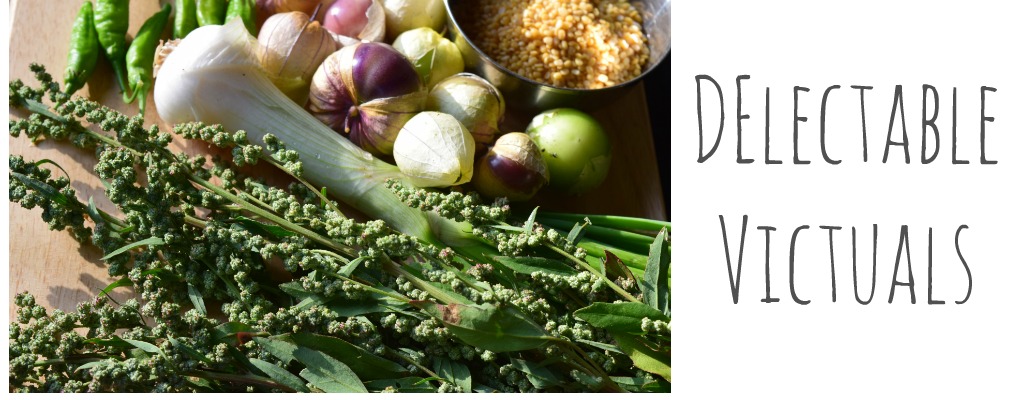pasta shells with broccoli
Usually, I just throw some veggies and flavoring; sometimes it is tomato or marinara sauce, sometimes white sauce with spices like rosemary, oregano and such.
This recipe has pasta shells, garlic, broccoli, sun-dried tomatoes, pepperoncini, pine nuts and some mushrooms. The sauce is like a white sauce, starting with a roux of sorts, and has mustard for flavoring.
Ingredients
3 cups cooked pasta shells(or farfalle, or penne), al-dente*
1 cup broccoli florets, blanched
1 cup sliced button mushroom, sauteed
1 cup chopped pepperoncini
1/2 cup sun dried tomatoes
4 Tbsp pine nuts, toasted
4 garlic cloves, sliced thin
salt to taste
olive oil as needed
* 1-2 cups cooked pasta should be plenty depending on the variety of pasta used;
for the sauce:
2 Tbsp all-purpose flour
1 cup whole milk, preferably warm or at room temperature
3 Tbsp dijon mustard
1 Tbsp Jack Daniels Horse-radish mustard (optional)
1/2 cup of pasta water reserved, or just warm water
a few sprigs of parsley
Preparation
- heat a large shallow pan gradually, add the flour and dry toast till it turns pale brown, lower the heat a little if needed so as not to burn the flour; then add the garlic, mustard and the warm whole milk a little at a time, stirring constantly; allow to simmer and reduce a bit; add a little water, as needed, if the sauce gets too thick
- add the broccoli, 'shrooms, sun dried tomatoes and pepperoncini to the pan with the sauce and toss gently; adjust salt to taste; add the pasta a little at a time so there is enough sauce to coat it all; stir in parsley and some olive oil to give it some clean flavor, wetness and shine
- garnish with toasted pine nuts;serve warm with garlic bread or other starters
Labels: broccoli, italian, pasta, vegetarian












